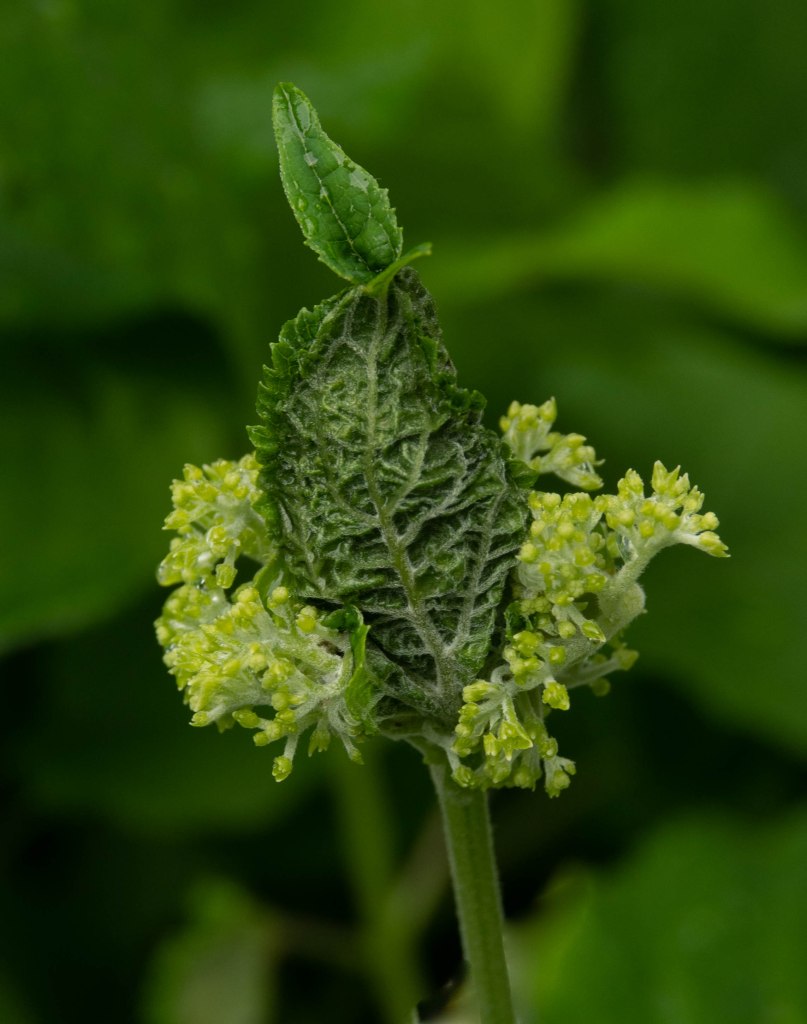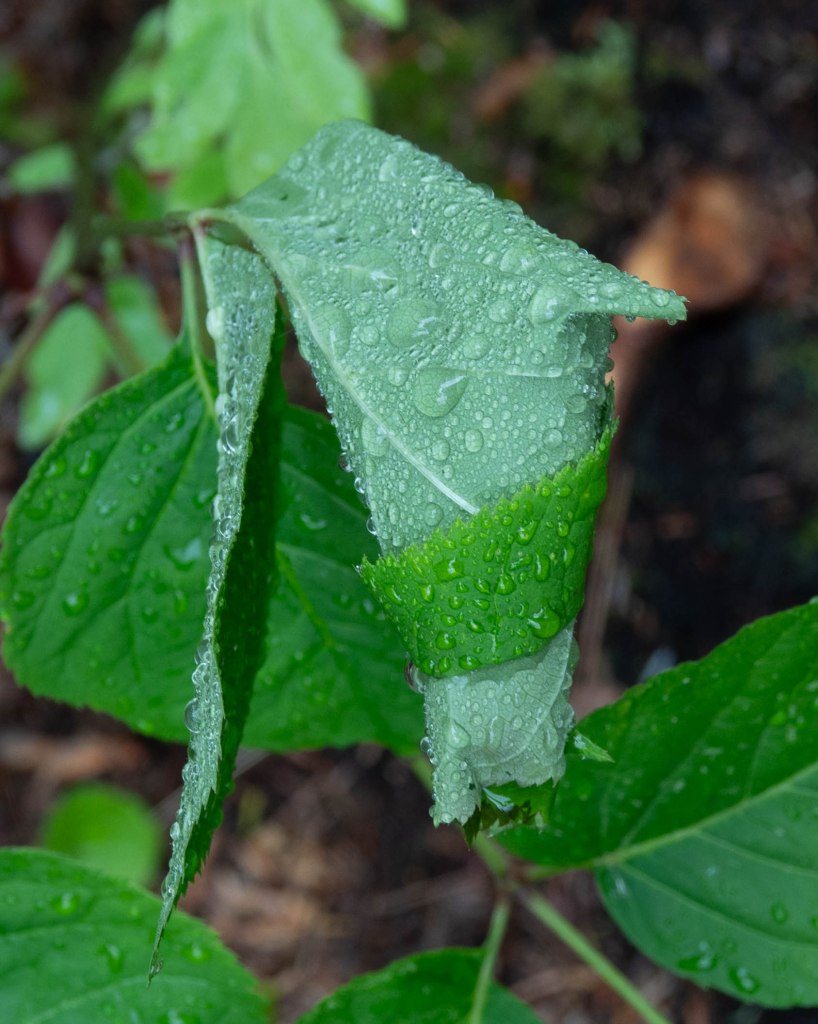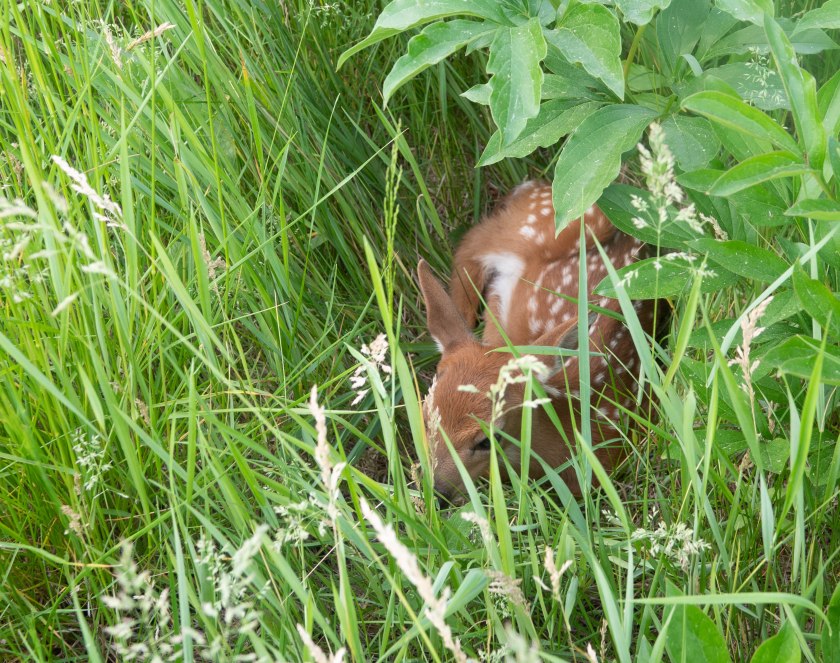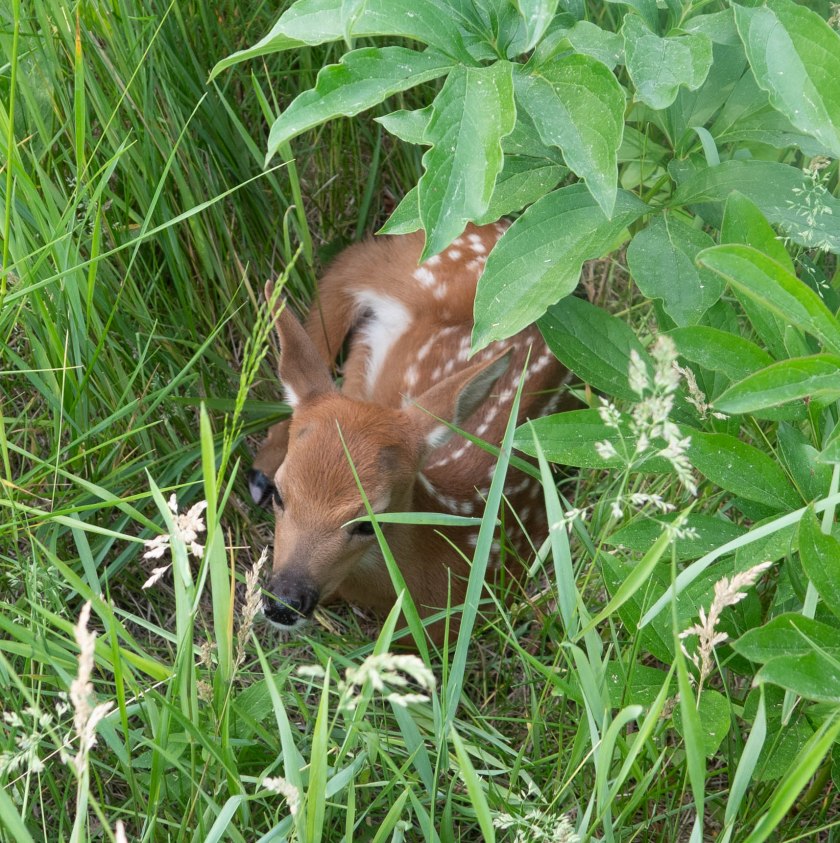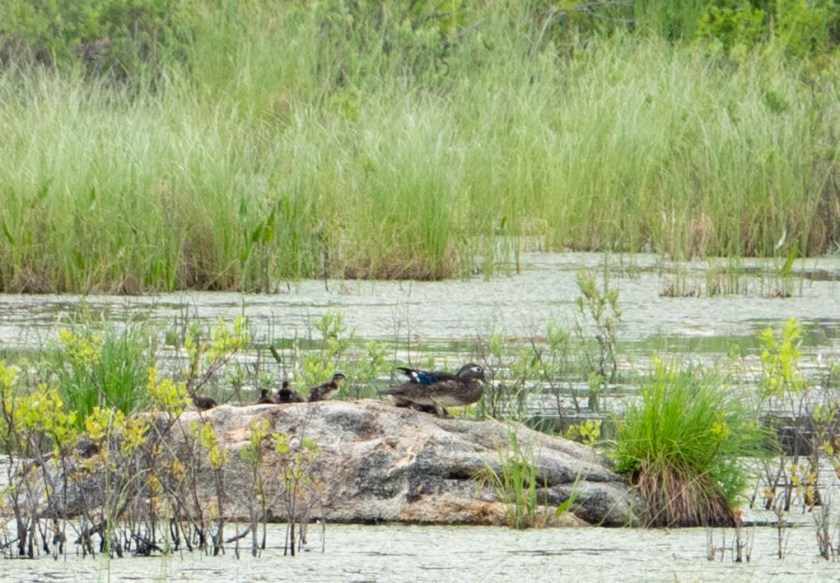This is not my first Bald Eagle post, but I had an encounter the other day that I think justifies another installment. I was out in my kayak on Charles Pond, a lovely quiet corner of Western Maine much of whose shoreline is now protected by the Greater Lovell Land Trust. An eagle lives there, and is often seen in a tall pine tree:

He was there when we put in, but he then moved over to a sandbar, and settled in. We stayed some way off, but slowly drifted closer. It was flat calm, not a breath of wind. There were three crows lurking nearby, which made us think the eagle had a kill, but we couldn’t make it out. The eagle bent down to the water as if to drink, , and came up with something in its beak that looked like a crayfish, or a salamander, or a small dead fish:

From this angle, he is remarkably unimposing, more like a fuzzy chocolate brownie than the lord of the skies.
So was he hunting, or scavenging? Eagles scavenge a lot, but when they hunt it is normally fish they go for, and from the air or from a perch, not on foot. Stalmaster however states that they will wade in right up to their bellies, submerge their heads, and strike with their beak. This one did indeed get his neck wet, as you can see here, but not his whole head.

Then it wandered around a bit, posing nicely,

and bent again to the water fixing its gaze on something in a way that looks like hunting to me.

Another drink, ending with a plume of water:

A short burst of speed,

and a little more posing.
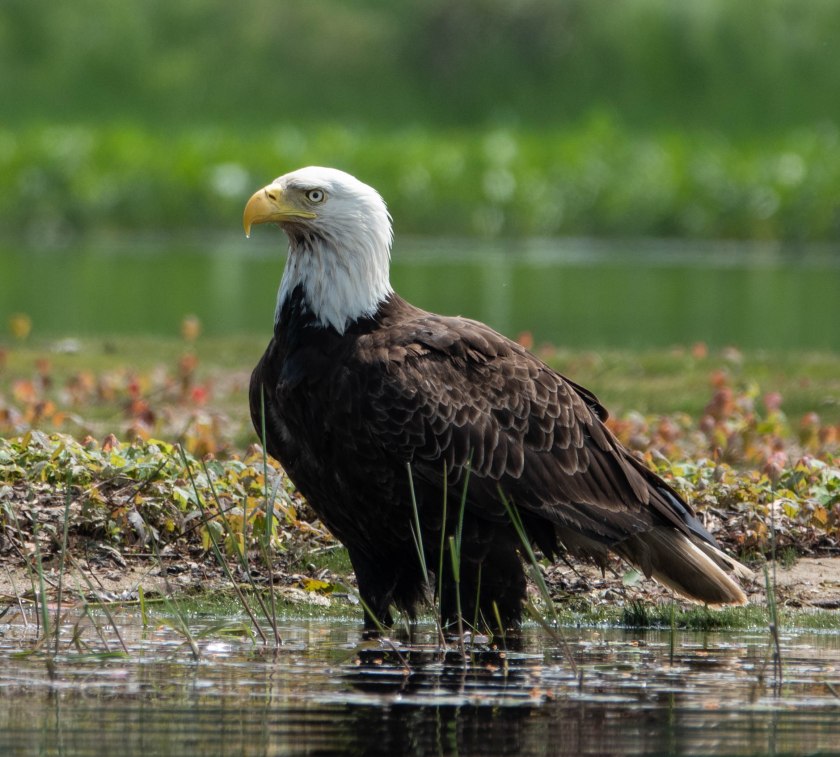
After a while, it flew up into a nearby snag, and apparently ventured into the nesting territory of a pair of Eastern Kingbirds.

They dive-bombed this enormous eagle, quite fearlessly, for several minutes, getting pretty aggressive, flaring their tails out in a territorial display:

and the eagle clearly didn’t like it one bit, rather the way I react to being buzzed by deer flies:


A female Bald Eagle weighs up to 12lbs, and an Eastern Kingbird weighs 1.3oz, so it’s hardly an equal match.

Eventually the eagle flew off to find a more peaceful perch.
PS: Some extra detail on bald eagle hunting methods: “Another less common technique is wading in shallow water where smaller fish are available. According to Stalmaster, an eagle will wade up to its belly, submerge its head, and strike with its beak….
Bald eagles have a tendency towards species of fish that inhabit shallow water or are surface feeders and therefore vulnerable. Young eagles are much more likely to “catch” fish that have washed up on shore or fish that are floating rather than swimming.” ( from : raptorresource.org)
Stalmaster, Mark. 1987. The Bald Eagle.


